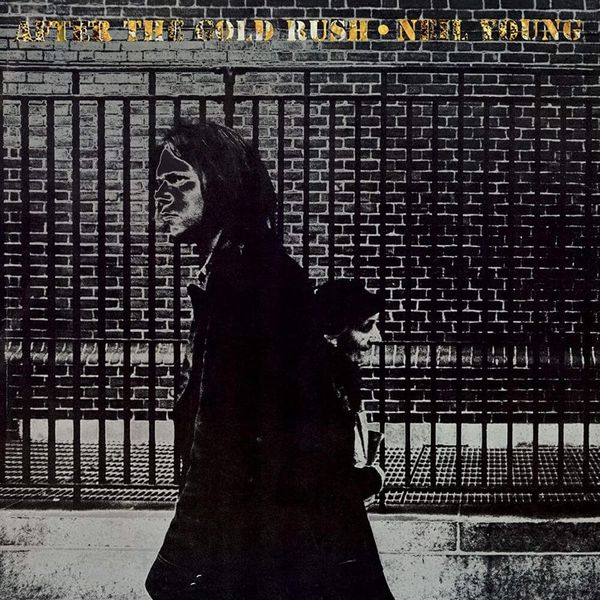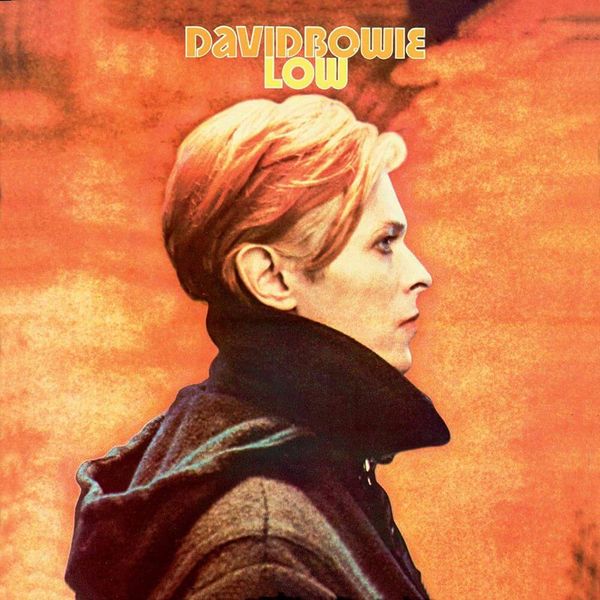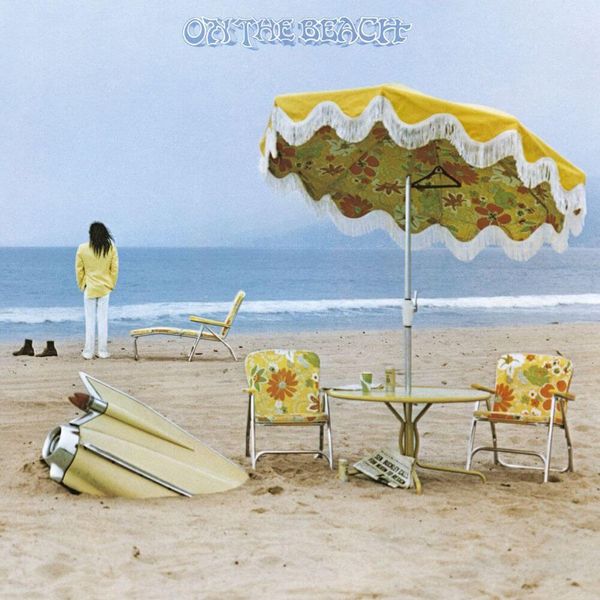André
As far as legacies in pop music go, none are as powerful, or as enduring, as Stevie Wonder’s. Songs in the Key of Life, his eighteenth studio album, is the most ambitious collection of songs in his career, and is often cited as the essential Wonder work by his fans, the media, and his contemporaries.
The spirit of Key of Life lives on to this day, and is in fact more immediate than one would initially think. The sparse space of “If It’s Magic” is a clear influence for Frank Ocean, while Kanye West set the record as his creative bar during the recording of Late Graduation. The cultural impact of Key of Life can never be imitated, but its status shows no signs of decline.
It’s important that the record is still being held as reference too, because it goes against the grain of any modern pop album. Key of Life touches on so many subjects that it becomes almost overwhelming, and does so with the support of extended arrangements and a relentless amount of vocal hooks. Nothing this broad and expansive would dare enter today’s musical climate, at least not without some seriously clever marketing.
Following the universal desperation for fresh Stevie Wonder material, news of a double album was a welcome relief back in 1976, but you wonder how different the reaction would be today. No-one has perfected a double album, not even Stevie, though he does get tremendously close. The instrumental jams are drawn out in a ceremonious manner, with hooks piled on top of other hooks; each chorus repeated enough for it to become a necessary sing-along. The majority of the time, the formula is masterful, though occasionally drawn-out. It feels almost blasphemous to say it, but “Isn’t She Lovely” doesn’t need to be six minutes long.
Stevie Wonder unleashed his prowess with one enormous burst of creativity, and the desire to cover a wide spread of styles and forms was clearly chosen over a tighter, more consistent record. Every play makes for an occasion, and each occasion is a different party. And it’s always the greatest party of all time.
9 out of 10
Tom
I implore you to listen to this record if you haven’t done so before. Several tracks from this double-length LP, such as “Isn’t She Lovely”, “Pastime Paradise” and “Sir Duke”, have become familiar to most ears due to their popularity and strength of Stevie Wonder’s writing.
This record touches upon diverse lyrical subjects; from discussions on social injustice to faith, Wonder resolves each theme around love with an earnest and honest tone that rarely feels so genuine from an Artist. The writing was intuitive back in 1976, and still holds relevance today. This was released at a time when Wonder had immense freedom to create, with this being his eighteenth studio album by the age of 24(!). It includes the collaborative effort from a wealth of talented musicians including Herbie Hancock and George Benson, and continues to influence today.
The journey through this record is diverse and varied without ever feeling forced. There’s so much individuality here, with each song weaving beautifully crafted melodies, alongside an incredible display of musicality. It’s easy to see why this gets credited as the defining record of Stevie Wonder’s career (even by himself). As the Summer nears, and the sun starts to cover England just that little bit more, this might be the end of all winter blues. This is a lengthy album, but one that in my opinion couldn’t be shortened.
10 out of 10
Andrew
To produce an exceptional double album for your eighteenth studio release is no easy task, and for many artists, it’s likely an impossible aim to achieve. Songs In The Key Of Life manages it though, with a tireless sunny optimism that never dissipates despite its extended play time.
Through a range of styles and tones, Key Of Life remains distinctive yet cohesive; you’ll be hard pushed to mistake “Have A Talk With God” for “Sir Duke”, but the two feature the same sunny atmosphere that’ll have you coming back for multiple listens. There’s nothing shallow here though, with lyrics covering race, religion and class, and a range of topics that still impresses despite the size of the tracklist.
The instrumentation is similarly impressive and with artists such as Thundercat and Flying Lotus reviving jazz-laced electronica in their latest releases, tracks like “Contusion” sound positively modern. Elsewhere, it’s easy to see where current artists have been influenced by Stevie Wonder. Between the similarities of the vocals on “If It’s Magic” and a variety of Frank Ocean vocal lines, and straight samples of a list of tracks from this release (most clearly “Pastime Paradise” in Coolio’s “Gangsta’s Paradise”), this album alone demonstrates Wonder’s lasting legacy on modern music.
It’s been a delight to return to after some years away from Stevie Wonder, but in the interest of reviewing, rather than fawning over, the album, there are flaws to be found here. While Key Of Life makes a good case for its length, it hasn’t entirely won me over. Longer tracks like “Isn’t She Lovely” and “Black Man” overdub recordings at the end of the track which, for me, don’t ever add to the track, and I usually become very aware of how long these tracks have been playing towards the end. Single versions of a few of these tracks alleviate the issue but only serve to make the point clearer.
On the other hand, “Ordinary Pain”, a track of similar length to the two previous examples, is a real joy to listen to as it develops through its six and a half minute play time. It’s a tiny chink in an otherwise solid suit of armour, and it certainly hasn’t stopped me listening over the years. Whether it’s to one’s taste or not, Songs In The Key Of Life is essential listening to further a musical education, and I will certainly be returning to this album for years to come.
9 out of 10



